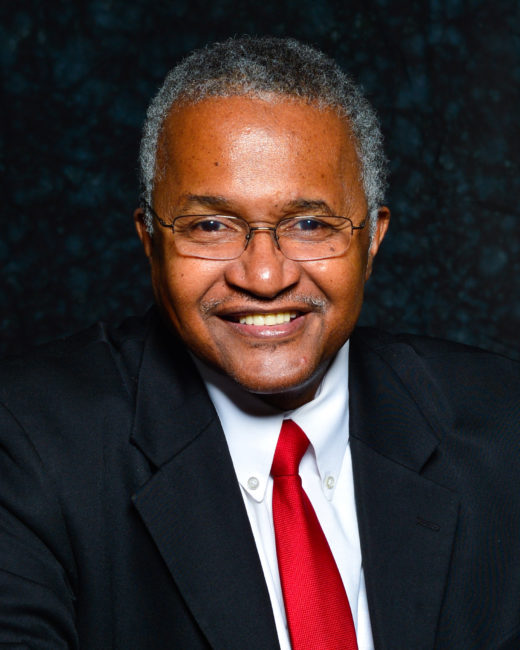Our nation is distraught and disturbed over the shooting in Las Vegas this week in which upwards of 58 people died and over 500 were injured by a single shooter.
While it may have escaped the attention of many, nearly all of the national media outlets began reporting the massacre as the “worst mass shooting in U.S. History.” That was the way it was reported on Sunday and early Monday. By Noon Monday the phrase had been modified to say that the Las Vegas shooting was the “worst mass shooting in CURRENT U.S. history.”
What’s the difference? What made the national media modify its phrase.
They modified their terminology because there was an immediate protest in social media by those who understand that there have been much larger mass shootings in U.S. History, some of which were perpetrated by elected officials and ordered by the U.S. Government itself.
There was no internet or social media at the time of these events, but the mass murders involved numbers as many as hundreds in single incidents. There was very little news coverage and no white people or government officials were ever convicted of any of the massacres.
Sometimes the shootings involved United States soldiers on orders from the government. Entire cities and Indian villages were wiped out. The tales of the public massacres are so gruesome that they defy belief, but they are historical facts that belie the claim that what happened in Las Vega is the worst in history. The news media corrected itself because what it suggested was the Las Vega massacre is the largest mass shootings where all of the victims were white.
In the largest mass shootings in U.S. history, the victims were either black or Native Americans.
Here’s a short list:
In 1921, white rioters killed between 250 and 300 black people in Tulsa Oklahoma who were angry over the financial success of its wealthy black residents known as the “Black Wall Streeters.” Their homes were bombed and houses were burned by every able-bodied white man with weapons dispensed from the city’s armory to these deputized murderers.
In 1919, Black sharecroppers in Elaine, Arkansas, complained about the unfairness of the sharecropping system and demanded voting rights. White men showed up at their meeting and shots were fired. A call went out and over 1,000 white men came to Elaine from across the country they hunted down and killed 237 blacks. Afterwards, they arrested and convicted 12 blacks for murder and forced 36 others to plead guilty to second-degree murder. The remaining 67 blacks were convicted some crime and jailed. Three white men were killed. No white men were charged or convicted.
In 1887, Blacks in Thibodaux, La. were massacred when they protested low wages and unfair treatment on sugar cane plantations. The owners of the plantations hired a 300 man militia to force the 100,000 blacks to work. As many as 100 blacks were killed by the militia. No one was arrested for the massacre.
In 1873 a riot in Colfax, Louisiana a protest that developed over voting rights found black men gathered at the courthouse to vote, but soon surrounded by white men. They convinced the blacks to turn over their weapons and then massacred them all. They took 50 prisoners, but then killed them all one by one and dumped their bodies in the river. There were 150 black men killed and three whites. No one was convicted or even charged with a crime.
In 1850 the massacre of the Pomo Native Americans happened. When the tribe resisted demands that they turn over their girls for the sexual pleasure of white men. In the aftermath of their resistance between 60 and 400 Pomo Indians were slaughtered by soldiers.
It’s obvious that the Las Vegas shooting, while horrific, is not the largest mass killing in American history. Even those we have mentioned do not consider the U.S. Government’s slaughter of Native Americans at Wounded Knee or the 150 Blacks killed in Rosewood, Florida in 1923 and several more.
The national news media corrected itself by adding in the word “Current” to its measure of atrocities, but it seems to downplay two important truths: 1) there have been much larger massacres and 2) Many of those massacres had the full support of local officials or the United State Government.
We are waiting for the national recaps of atrocities that tell these stories. of the nation’s largest massacres. It’s only then that we can begin to understand the deep-seated emotions, passions and prejudices that keep us apart.
The lives lost in all massacres are tragic losses. No man is an island. When a tragedy affects one it diminishes us all. We all hurt and experience loss to one degree or another.
Every life lost must matter.




